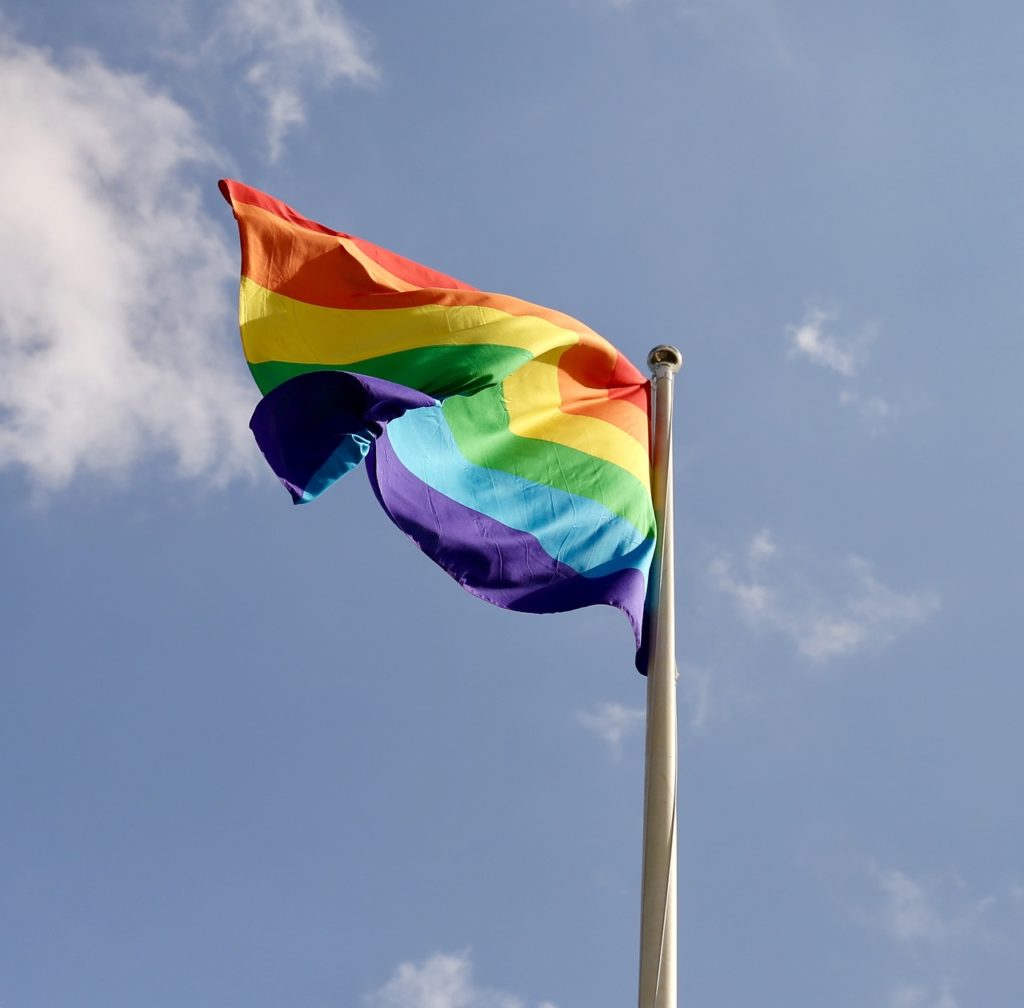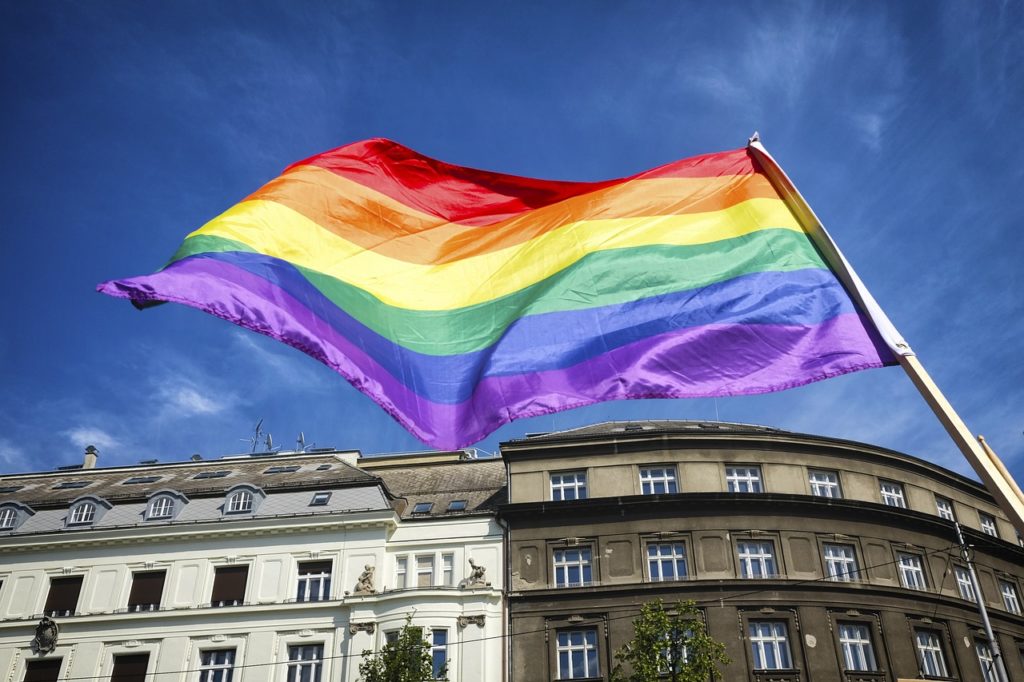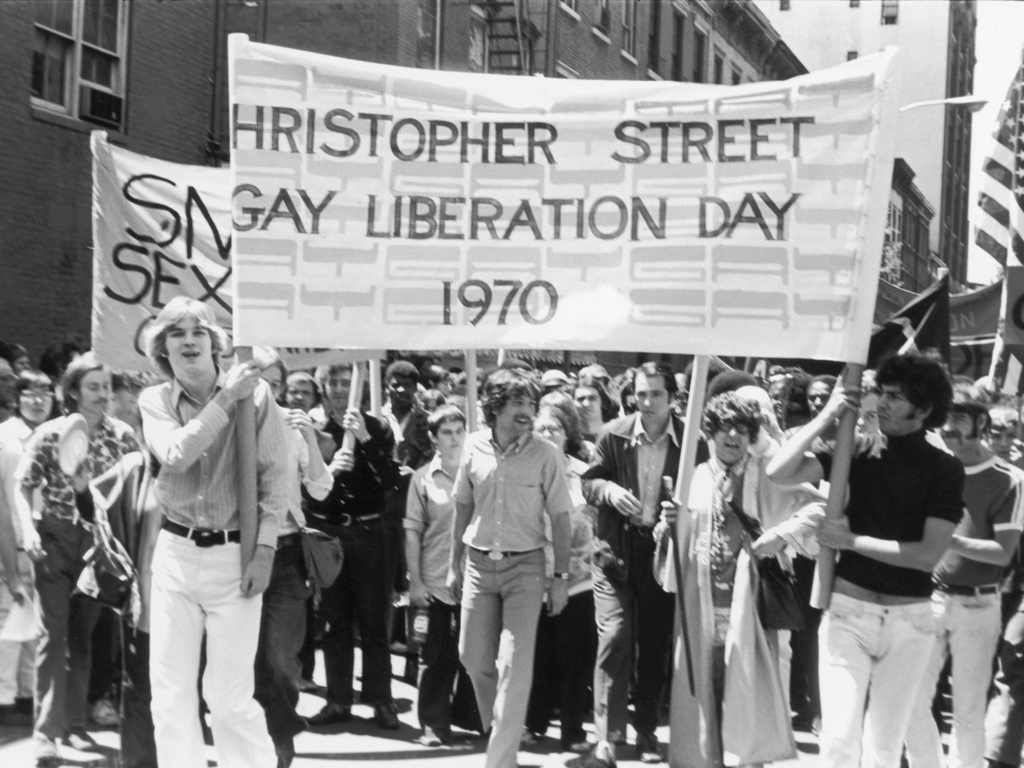Introduction
The Pride flag is the iconic emblem of the LGBTQ+ community worldwide. Most of us have seen it, but not everyone knows the story of how it came to be and what all those colors stand for. Additionally, the creation and history of it are not as well-known. Here, we will provide a more in-depth exploration of the history of the Pride flag, its origins, evolution, and the meaning of each color.
You should’t forget this name: Gilbert Baker
The birth of the pride flag begins with Gilbert Baker, a prominent LGBTQ+ activist and artist. In 1978, Baker, an openly gay man, was inspired to create a symbol that would represent the diverse and vibrant LGBTQ+ community. He believed that the community needed a unifying symbol, something beyond the pink triangle and lavender rhinoceros that had been used before.

Baker, who was skilled in sewing, decided to create a flag. He chose a rainbow as his design because it represents the diversity of the LGBTQ+ community. The rainbow is a natural spectrum of colors, and Baker felt that it symbolized the beauty and unity of the community’s various identities and orientations.
The Original Eight-Color Flag
The first Pride flag was showed at the San Francisco Gay Freedom Day Parade on June 25, 1978. It featured eight colors, each with its own unique meaning:
Hot Pink: Represented sexuality.
Red: Symbolized life.
Orange: Signified healing.
Yellow: Stood for sunlight.
Green: Represented nature.
Turquoise: Signified magic and art.
Blue: Symbolized serenity.
Violet: Stood for spirit.
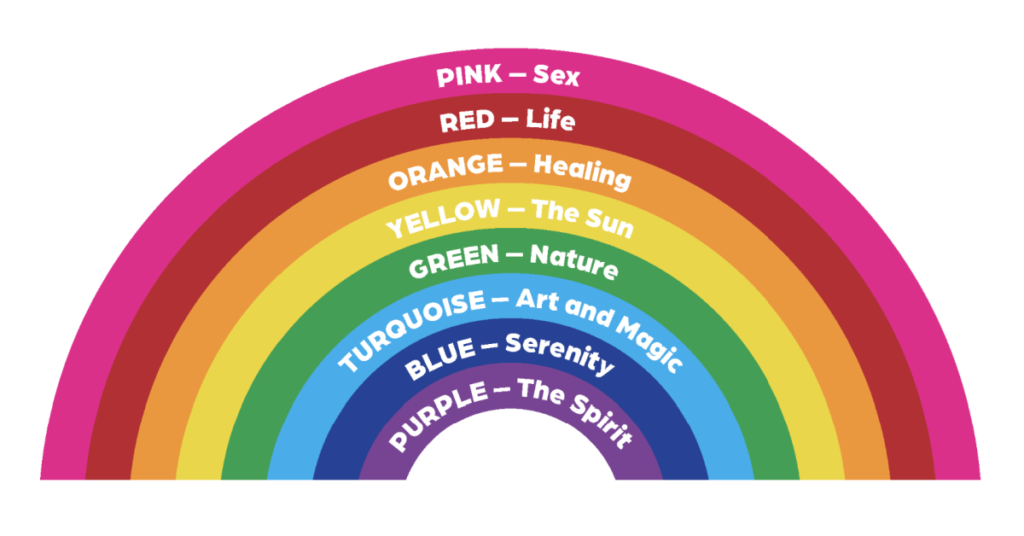
Why is Six-Color Flag Today?
Over the years, the Pride flag went through some changes due to practical considerations. The hot pink and turquoise stripes were difficult to manufacture, so they were eventually removed, leaving us with the familiar six-color flag we see today.
The red, orange, yellow, green, blue, and purple stripes have become universally recognized as a symbol of the LGBTQ+ community’s diversity, acceptance, and pride.
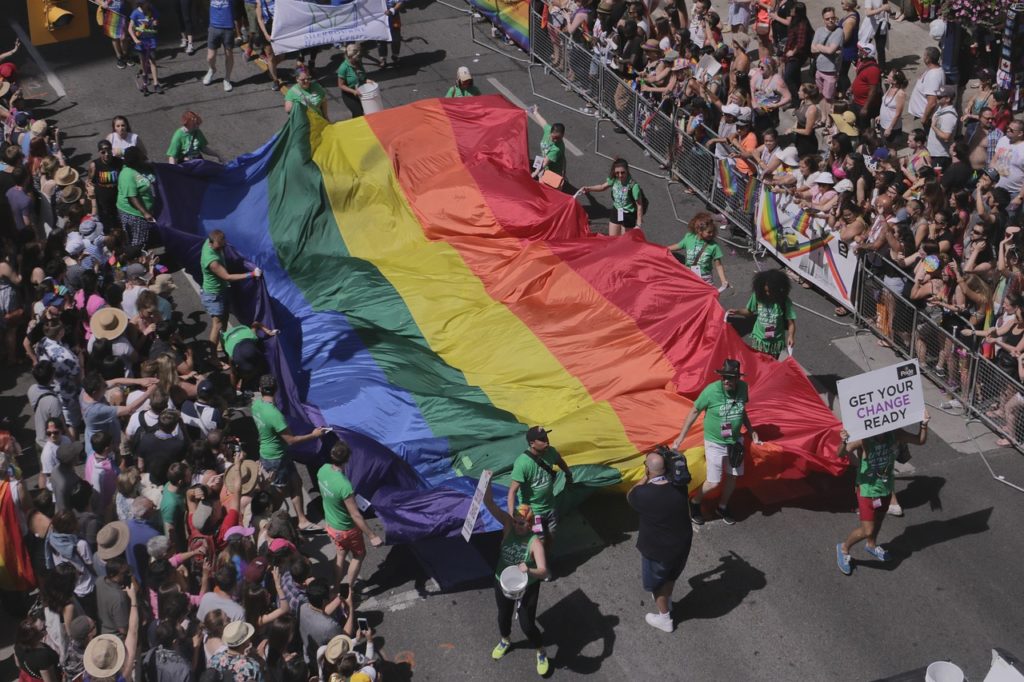
The Modern Pride Flag
Nowadays, the original design Pride flag remains a powerful symbol of LGBTQ+ pride and solidarity. It’s not just a representation of a community but a reminder of the struggles faced and the progress made in the fight for equality.
What’s more, the evolution of the Pride flag goes beyond. As the LGBTQ+ community has grown and diversified, so too has the symbolism within the flag.
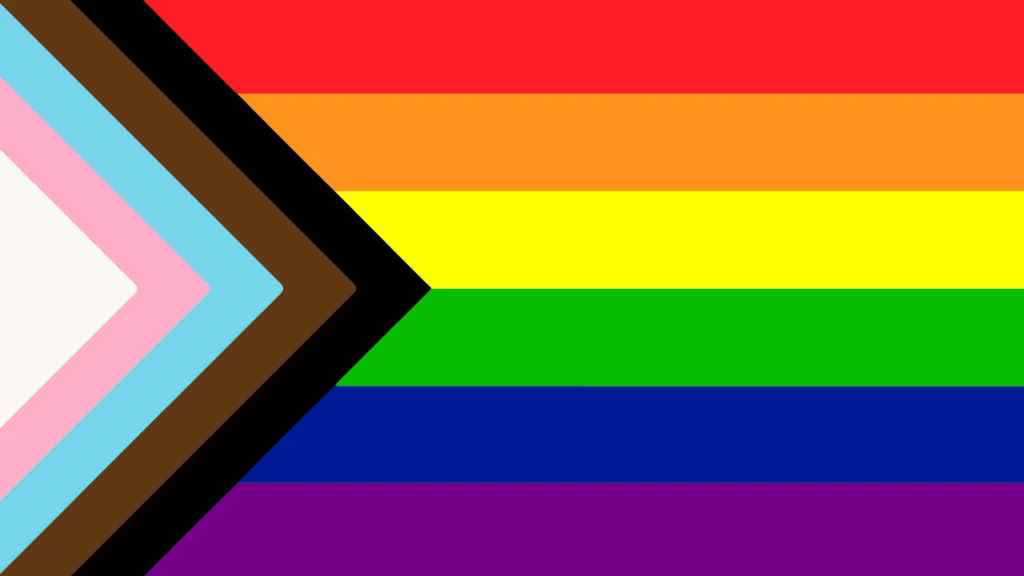
This expansion has given rise to various iterations of the Pride flag, each tailored to represent specific groups or identities. Some of the most notable adaptations include:
Bisexual Pride Flag

Transgender Pride Flag

Asexual Pride Flag

Genderqueer Pride Flag

These flags, along with others, serve as powerful symbols of visibility and unity for various LGBTQ+ identities and orientations. They are essential in acknowledging the unique challenges and experiences of individuals within the broader LGBTQ+ spectrum. No one is left behind or forgotten in the pursuit of equality and acceptance.
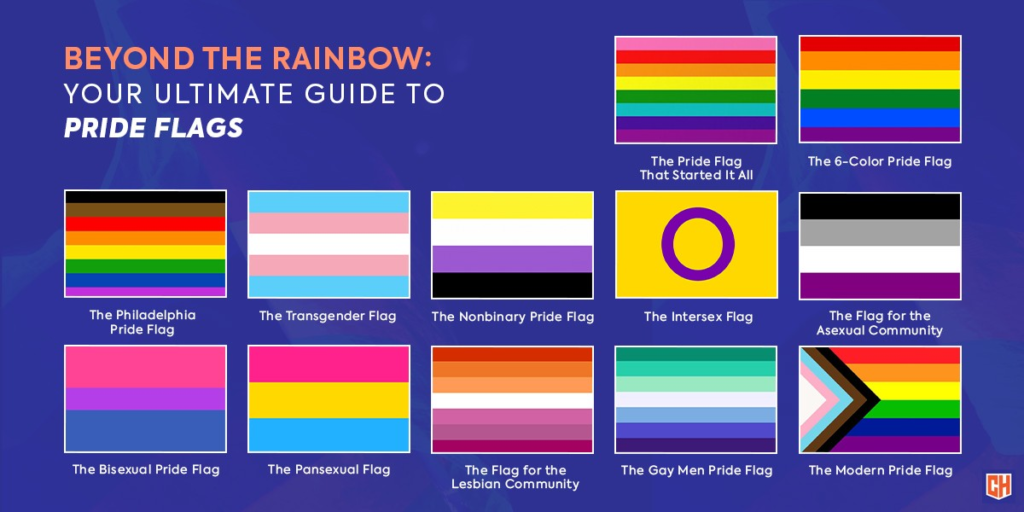
The rainbow flag will forever fly high
The history of the Pride flag is a milestone of strength and resilience. It was created as a unifying symbol and continues to fulfill that role. It reminds us that love is love, and everyone deserves to live with pride and dignity no matter what is their sexual orientation or gender identity.
